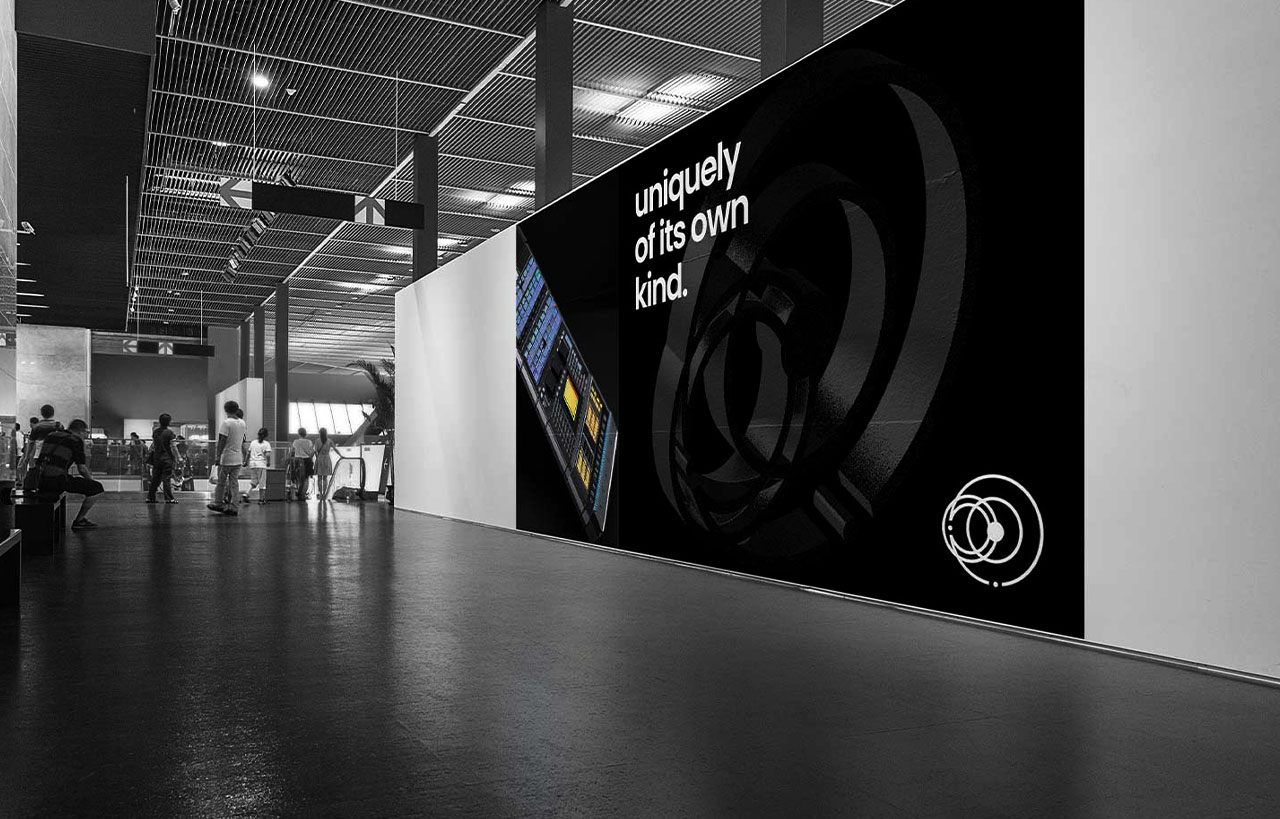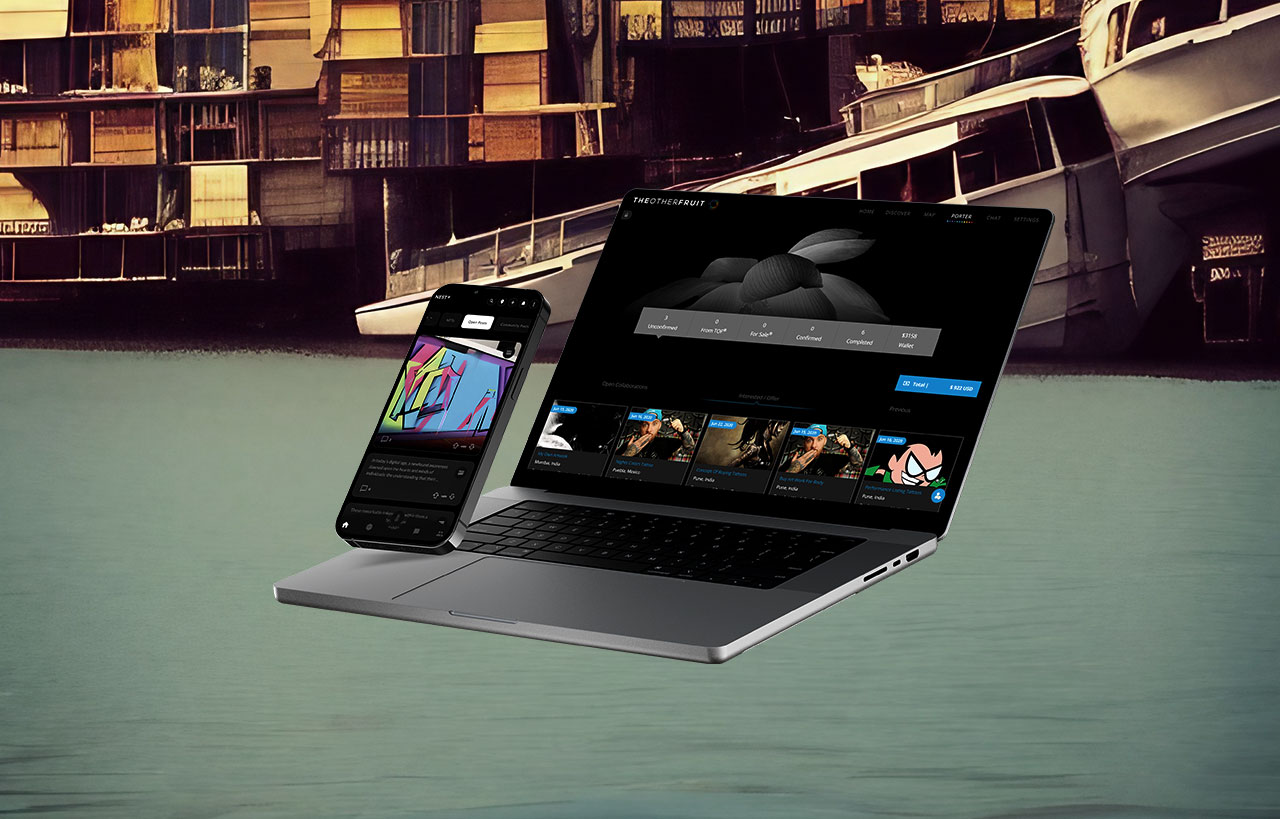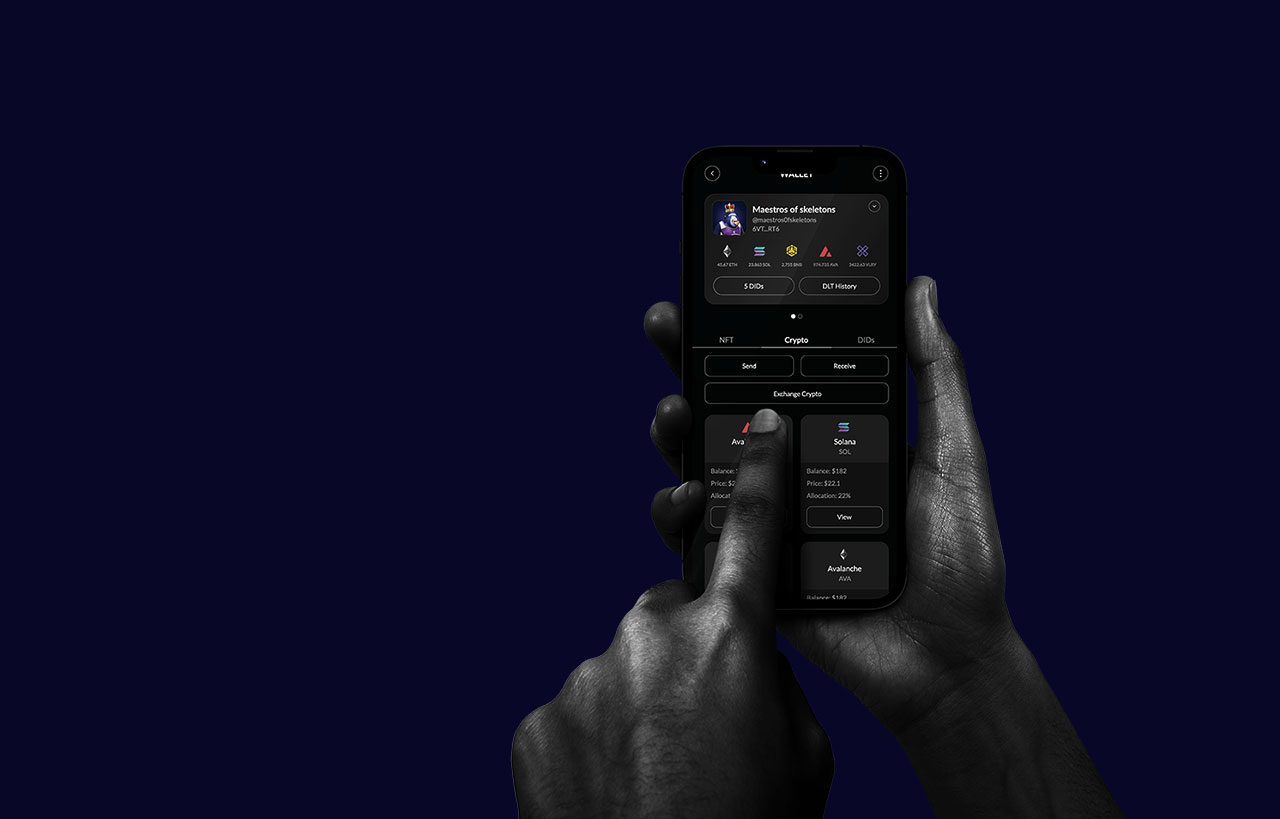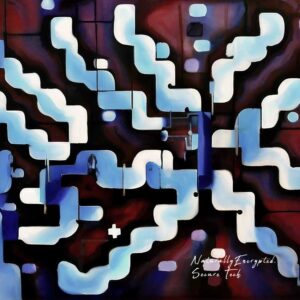

THE OTHER BLOCKCHAIN®
Redefine interoperable.
TOB® is a secure layer that allows easy creation of nodes and participation of all devices. It supports all forms of transactions and can be used with external systems and networks including layer ones.
The fastest and most secure infrastructure
built to literally move at the speed of thought
A unique self-sovereign and privacy or G-E2EE first architecture delivers eclectic, incomparable features for users, developers and enterprise operations alike.
Deploy any app, feature or service with singular security and speed
Advanced toolkits from no-code operating systems to developer suites
Decentralized processing and storage and fail-safe content network
Splintered encryption and device-side contributions
Making development simpler, faster, and more efficient than ever before.
TOB® sets a new standard for scalability, efficiency, and functionality through its use of DAG structure and EVM processing in user-nodes, enabling the deployment of complex smart contracts with greater versatility while reducing the need for complex consensus algorithms.
DAG / EVM hybrid for unthrottled optionality
primary validators with unlimited contributors
milisecond TTF is about 200x faster than Solana
faster and 10x cheaper on average than ETH
Layer Zero
ZKP+
Individual Encryption
ZKP / DLT integration creates secure, verifiable interactions, improving data control with confidentiality for open choice selection and facilitation.
View more
DAG
Directed Acyclic Graph
DAG tech offers a faster and more scalable alternative to traditional blockchain structures. It efficiently validates transactions without blocks or mining, and facilitates parallel validation through nodes. DAG's consensus algorithm ensures secure activity.
View more
EVM
Exponential impact
TOB® utilizes DAG and optimized EVM to improve efficiency, scalability, and functionality in decentralized applications and smart contracts, potentially transforming the landscape of DLT.
View more
CDN
Content Delivery Network
A user-led CDN combines the power of distributed content delivery with robust quantum-proof encryption, ensuring both speed and security. Traditional CDNs distribute across multiple servers for faster loading times. In a user-led approach, users also contribute resources, forming a decentralized network that's resilient against disruptions and more cost effective.
View more
ZKP+
Individual Encryption
ZKP / DLT integration creates secure, verifiable interactions, improving data control with confidentiality for open choice selection and facilitation.
View more
DAG
Directed Acyclic Graph
DAG tech offers a faster and more scalable alternative to traditional blockchain structures. It efficiently validates transactions without blocks or mining, and facilitates parallel validation through nodes. DAG's consensus algorithm ensures secure activity.
View more
EVM
Exponential impact
TOB® utilizes DAG and optimized EVM to improve efficiency, scalability, and functionality in decentralized applications and smart contracts, potentially transforming the landscape of DLT.
View more
CDN
Content Delivery Network
A user-led CDN combines the power of distributed content delivery with robust quantum-proof encryption, ensuring both speed and security. Traditional CDNs distribute across multiple servers for faster loading times. In a user-led approach, users also contribute resources, forming a decentralized network that's resilient against disruptions and more cost effective.
View more
Layer Zero?
The term Layer Zero for TOB® is conceptualized as reflecting users’ capacity for contribution, maintenance and security of data with or indeed as the network itself.
This is why it is placed before or underneath the majorly corporate or organizational hardware connected networks, typical to Layer Ones. We hold that the TOB® infrastructure is differentiated, right from the start.
TPS vs TTF
Transaction Per Second (TPS) / Transactions per second measures how many transactions occur in one second in a given information system. For blockchain protocols, TPS is calculated by dividing the average number of transactions per block by the block time in seconds.
TPS = No. txn. per block ÷ Block time in seconds / Time To Finally (TTF)
Time-to-finality (TTF) is an alternative and more accurate gauge of speed since it measures the time from transaction submission to confirmation with a guarantee of irreversibility. TTF is a direct analogue to latency in networking. Latency is usually measured as a round-trip transmission ‒ the time taken for information to get to its destination and back again.
What is a DAG/EVM hybrid?
What purpose does the DAG serve / its functions?
What is a DAG?
DAG or Directed Acyclic Graph and blockchain both are similar in terms of recording transactions on a distributed ledger but execute in different ways. DAG is a network of individual transactions linked to multiple other transactions. If blockchain is a linked list then DAG can be taken as a tree, branching out from one transaction to another.
In a DAG, individual transactions validate one another. As the users i.e both the miners and the validators are part of the network, they cannot validate their own transactions. Therefore this refers to little or no need to pay fees. Hence are well suited for high volumes of transactions as well as reduce energy usage by eliminating miners.
What is a Proof of Stake Network (EVM Portion)?
A Proof of Stake (POS) network is a consensus mechanism used by different blockchains in order to achieve secure distributed consensus.
Under POS, the validators stake their cryptocurrency as a form of collateral which can be destroyed if the validator performs dishonest actions and the validator is responsible for the verification of the new blocks proposed by the users over the network. Under this model, validators who stake their tokens are rewarded with transaction fees. The process of selecting a node to validate a block is random.
The validators staking the most tokens hold the highest odds of being selected to validate a new block. In order to perform a 51% attack in a proof-of-stake network, an attacker would have to accumulate 51% of the staked tokens.















